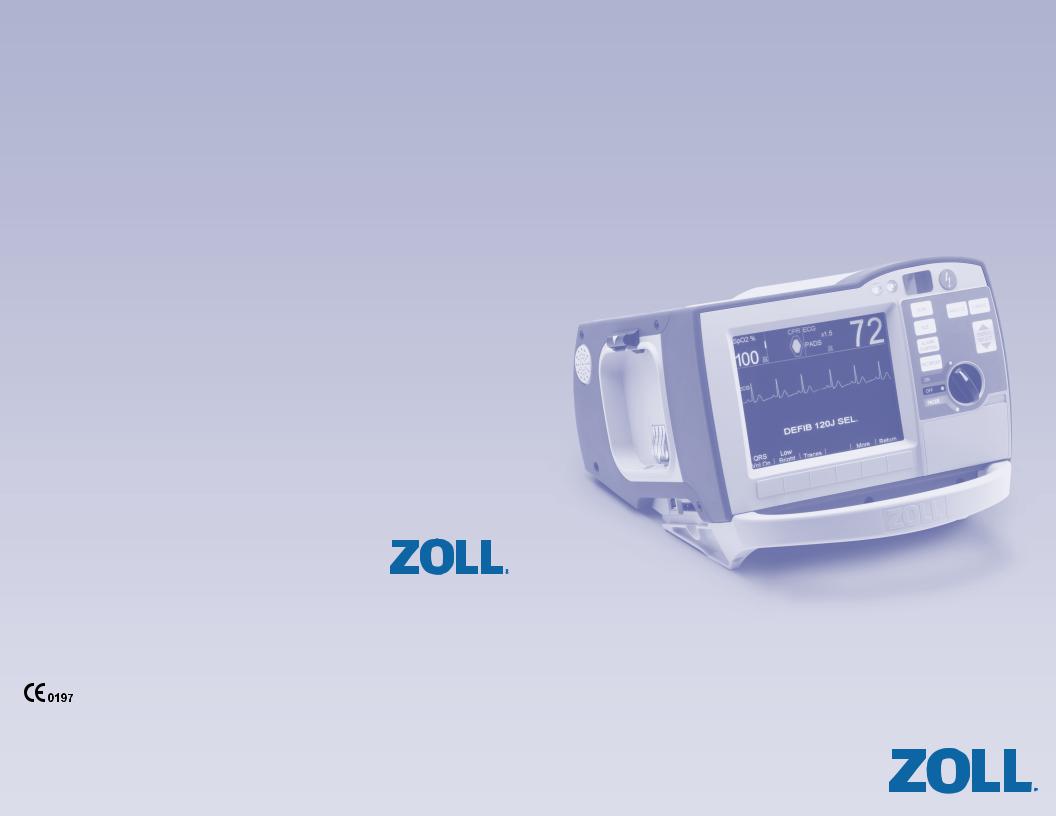ZOLL R Series User manual

R Series
Quick Reference Guide
©2010 ZOLL Medical Corporation. All rights reserved.
CPR Index, OneStep, R Series, Real CPR Help, See-Thru CPR, statpadz, and ZOLL are trademarks or registered trademarks of ZOLL Medical Corporation in the United States and/or other countries. All other trademarks are the property of their respective owners.
9650-1001-01 Rev B
ZOLL Medical Corporation
269 Mill Road
Chelmsford, MA 01824 USA
(800) 348-9011
+1-978-421-9655 www.zoll.com
ZOLL Netherlands
Authorized EU Representative
Newtonweg 18
6662 PV ELST
The Netherlands
+31 (0) 481 366410 www.zoll.nl

R Series
Quick Reference Guide
This Quick Reference Guide is intended to provide easy access to most common uses of the ZOLL® R Series.® The user must read and completely understand the intended use warnings, cautions, and instructions in the R Series Operator’s Guide before using the
R Series unit.
TABLE OF CONTENTS
Applying Therapy. . . . . . . . . . . . . . . . . . . . . . . . . . . . . . . . . . . . . . . . . . Page 2
Details for applying OneStep™ Electrodes, ECG Cables, and paddles with the R Series
Defibrillation . . . . . . . . . . . . . . . . . . . . . . . . . . . . . . . . . . . . . . . . . . . . . Page 3
Step-by-step defibrillation for the R Series ALS and BLS/Plus models
CPR . . . . . . . . . . . . . . . . . . . . . . . . . . . . . . . . . . . . . . . . . . . . . . . . . . . . . . Page 5
Real CPR Help® and See-Thru CPR® technology
Pacing / Cardioversion . . . . . . . . . . . . . . . . . . . . . . . . . . . . . . . . . . . . . Page 6
Step-by-step instructions for Pacing and Cardioversion with the R Series
Monitoring . . . . . . . . . . . . . . . . . . . . . . . . . . . . . . . . . . . . . . . . . . . . . . . Page 7
SpO2, EtCO2, NIBP monitoring parameters and Alarm functions on the R Series
Managing Data and Cable Connections . . . . . . . . . . . . . . . . . . . . . . Page 9
Printing summary reports and backing up data to compact flash cards
